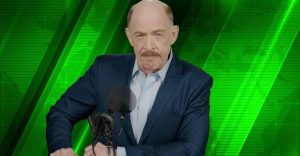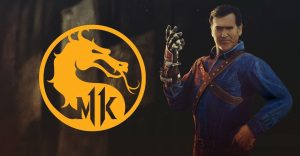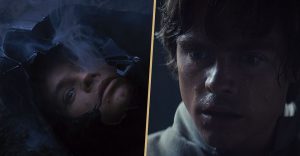Why True Detective Season 2 Was So Much Worse Than 1 & 3

Here’s why True Detective season 2 ended up so much worse than seasons 1 and 3. Debuting on HBO in 2014, True Detective season 1 quickly became one of the biggest hits in the history of the venerable premium cable network. Featuring the winning combination of Matthew McConaughey and Woody Harrelson as grizzled detectives Rust Cohle and Martin Hart, True Detective spun a tale full of murder, torture, infidelity, betrayal, and lots of other dramatic elements. Audiences left each episode wanting more, hungry to see the central case finally get solved.
True Detective season 1 was a massive success for HBO on all fronts, earning record-setting viewership, and near universal raves from critics. It also instantly vaulted creator Nic Pizzolatto—then primarily known as a novelist—into the Hollywood A-list as a major screenwriter to follow. Viewers couldn’t wait to see what True Detective season 2 would bring, and sure enough, it arrived about a year and a half after season 1 finished up.
Unfortunately, True Detective season 2 was not the same show, for a multitude of reasons. Reviews were exponentially worse, and those who’d loved season 1 ended up by and large turned off by what they received the second time around. While it took nearly four years to arrive, True Detective season 3 was thankfully a huge improvement, as while it didn’t quite match McConaughey and Harrelson’s original take, it came much, much closer than season 2. As for why True Detective season 2 turned out so bad, the answer is a combination of things, including ill-suited casting, and a more powerful Pizzolatto becoming too self-indulgent for his own good.

One aspect of True Detective season 1’s quality that can’t be overlooked is the guiding hand of director Cary Joji Fukunaga, who helmed all eight episodes. Fukunaga wasn’t the type to be pushed around, and insisted on being a full creative partner with Pizzolato. This seemingly reigned in some of the writing issues that would plague True Detective season 2. By the end of season 1 though, Fukunaga felt he was getting steadily usurped by Pizzolato, so he decided not to return for season 2. This resulted in the show’s directing duties being split up between six different people, and Pizzolato taking full command of the entire creative process, returning as showrunner and writer of every episode.
Without Fukunaga to reign him in, Pizzolato’s scripts – perhaps due to his past as a novelist – became way too convoluted, dense, and often hard to follow. Some of the dialogue, especially that given to Vince Vaughn’s crime boss character Frank, also might’ve worked in a pulp detective novel, but seemed silly and contrived when delivered by an actor. Speaking of Vaughn, he was horribly miscast, and seems out of place every second he’s onscreen—which is odd, since he’s shown he can play an effective villain in roles. In fact, the cast as a whole seems somewhat oddly chosen, outside of Rachel McAdams, who deservedly earned praise for her work as troubled cop Ani Bezzerides.
Finally, Pizzolato tried way too hard to make True Detective season 2 not feel like a retread of season 1; an admirable goal, but one that led him to run way too far in the opposite direction. Gone was the chilling, southern gothic atmosphere, and in its place is what feels like a standard west coast crime thriller with little unique to offer aesthetically. It’s telling that when True Detective season 3 closely emulated season 1—albeit with Mahershala Ali in the lead role this time around—both critics and audiences cheered. Trying to innovate is a good impulse, but doing it at the expense of removing nearly everything that made True Detective season 1 feel special was a bad call.
About The Author

















